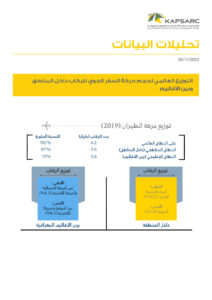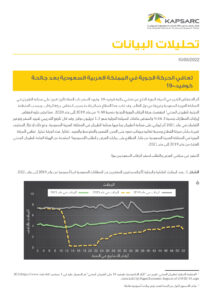Consumer adoption of hybrid and electric vehicles is a crucial step in improving energy utilization and reducing emissions from the transportation sector. To promote adoption, U.S. policymakers have employed supply-side policies such as Greenhouse Gas (GHG) Emissions/Corporate Average Fuel Economy (CAFE) standards and Zero Emission Vehicle (ZEV) mandate, which require automakers to produce fuel-efficient vehicles. In addition, demand-side measures in the form of financial and non-financial incentives promoting ZEV adoption have also been utilized. We measure the changes in consumers’ purchase motivations and potential demand in the wake of such programs by analyzing the past 11 years of new vehicle buyer survey data with more than one million respondents in the U.S. We found that hybrid-electric vehicles (HEVs), plug-in hybrid-electric vehicles (PHEVs) and battery-electric vehicles (BEVs), collectively termed as “xEVs,” had the potential to secure as much as 11 percent of the U.S. automotive market in model year 2015, but the actual market share was only one-third of this. Potential buyers desire features and factors such as exterior styling, safety, warranty coverage and better resale value. Achieving market share beyond the estimated potential share of 11 percent, would require offering features that mainstream gasoline vehicle buyers value, such as reliability, handling and value for money. Currently, both actual and potential xEV buyers are willing to trade them for fuel economy, environmental friendliness and technical innovation. Future mainstream xEV buyers, however, may not be willing to make that trade-off. A narrowing of the consumer’s valuation gap between non-xEV and xEV buyers for purchase motivations including fuel economy, environmental friendliness, technical innovation and price is increasing the potential consumer demand for xEVs. The term valuation gap, refers to the difference between the average rating given by non-xEV and xEV buyers for a particular purchase motivation question in the survey. The closer the ratings, the smaller will be the valuation gap. Policy instruments such as sales-weighted fuel economy target show strong correlation with the consumer valuation gap. In combination with demand-side policies that make xEVs more accessible to mainstream consumers, they could be considered as viable tools to nudge consumers toward xEVs. © 2017 MOBI -Mobility, Logistics and Automotive Technology Research Centre.
Link: https://www.scopus.com/inward/record.uri?eid=2-s2.0-85050097941&partnerID=40&md5=fd6ac204cd44dcd69b41d1eca57ead78
9th أكتوبر 2017









































